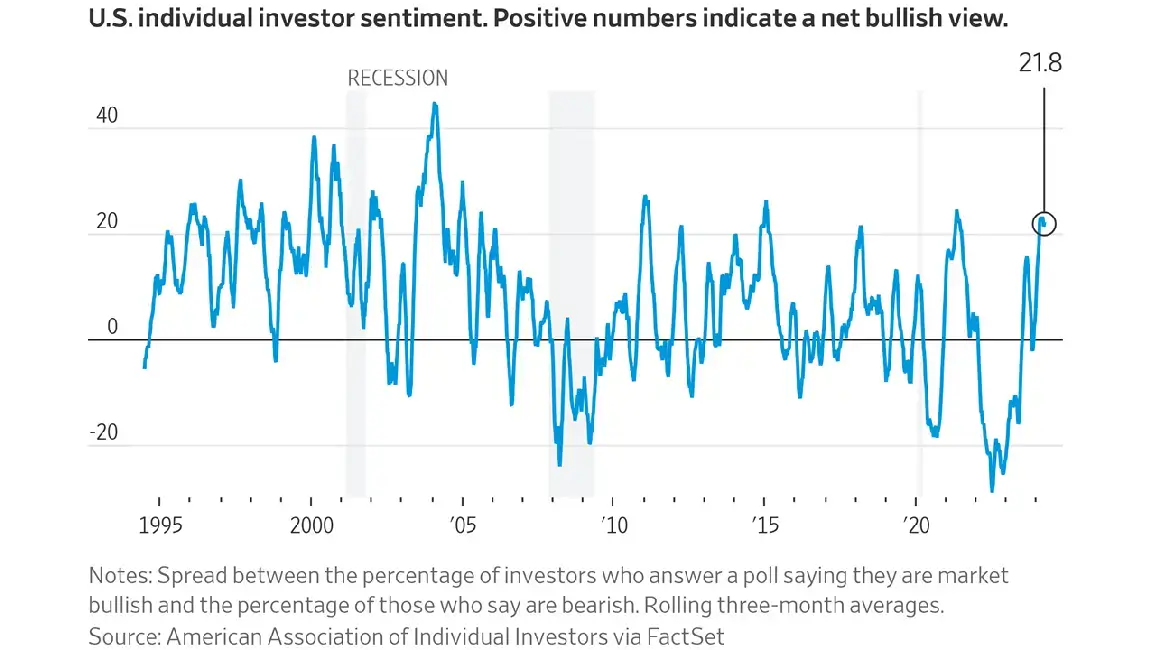Nvidia has taken the market by surprise over the last 12 months as it has soared 214% to trade at $724.79 as of today. To be honest, depending on who you ask, this might not be that big of a surprise after all. Nvidia bulls have been screaming at the top of their lungs about the increased demand for the company’s semiconductor chips that are used for artificial intelligence (AI) applications.
AI Generated Demand
Overall the last few years, Nvidia has been the single greatest beneficiary of cryptocurrency (crypto) mining and AI applications like ChatGPT. During the crypto mining boom from 2017 into 2021, Nvidia managed to grow an astounding 990.64% (taken from beginning of 2017 to the end of 2021) on the back of strong GPU demand.
In 2017 Nvidia had profits of $1.66 billion on revenues of $6.91 billion which represented a 24% profit margin. By the end of 2021, Nvidia had earned $4.33 billion on revenues of $16.67 billion, representing a 25.9% profit margin. A 990.64% gain isn’t all that unwarranted when a company can raise revenue and profits by 141.24% and 160.84% respectively in just 4 years time.
In 2022, that increased demand carried on to support AI applications leading up to and following the launch of ChatGPT in November of that year. That launch led to a wave of companies starting their own AI applications. To go further, the best semiconductor chips in the industry belonged to Nvidia (30% market share), they basically had the market cornered; at that very point Apple and Google decided to start ramping up their own chipset manufacturing.
In 2022, Nvidia posted revenue and profits of $26.91 billion and $9.71 billion (+124.25%) which represented a blistering 36% profit margin. The weird thing is that Nvidia stock sank 46.5% in 2022 which didn’t accurately reflect the massive growth in everything from revenues to profit margins, so it was due for a big makeup in 2023. It should have been clear, at this point, that Nvidia wasn’t a runaway stock without the earnings and profit margin to back it all up. No, Nvidia was a rapidly growing stock that the market was having a hard time catching up to, and arguably, still is.
Forward P/E Ratios
So just how expensive is Nvidia relative to other Nasdaq 100 companies? Well we like to use forward p/e ratios because the stock market prefers to look and live in the future and rarely in the present. It’s all about what’s coming down the pipeline, a stock tends to rise when ‘expecting’ increased revenues and profits and fall when ‘expecting’ a downturn. Market participants prefer not to wait for the actual reality when they can get in or out at a much earlier time.
On that note, Nvidia’s forward P/E ratio is approx. 35 which is not all that crazy when one considers that Microsoft shares the same forward P/E. Basically, in terms of earnings related to price valuation, Nvidia and Microsoft are trading at the same valuation. So unless Microsoft is severely overvalued and due for a correction (which no one talks about but it might be), neither is Nvidia.
In addition, Nvidia can grow into their valuation as long as they keep delivering the adequate revenue and earnings growth on each quarterly report. However, when Nvidia fails to deliver the kind of earnings that are required to support a $1.7+ trillion valuation, the stock will sink and current and forward P/E ratios will likely surge until the decline reaches a fair value.
Similarities to Tesla
Tesla had a very similar growth story, often trading at moderate forward P/E ratios which they were able to deliver on at each quarterly earnings report. Tesla grew rapidly as it surged passed big tech names like Meta Platforms on its way to breathing that rarified trillion dollar market cap air.
At first it was all ok because Tesla had massive demand for its EV’s across the world and a growing demand in the world’s largest country, China. This was the first time in years that an American vehicle was seen driving around the streets of China. Tesla CEO, Elon Musk, was able to deliver the goods on every earnings report and it seemed as if rapid growth would never end but it did.
Tesla shares are now down 54% from their all-time high in 2021 to trade at just $586 billion. The company now has more modest growth expectations as it cuts prices on its vehicles while experiencing declining demand and deteriorating margins. In 2024, the company is expecting negative growth due to the price cuts and uncertain demand, analysts are forecasting earnings to be below 2023 figures.
Nvidia’s Future?
Leave a Comment Cancel Reply
You must be logged in to post a comment.





